𝐃𝐢𝐟𝐟𝐞𝐫𝐞𝐧𝐜𝐞 𝐁𝐞𝐭𝐰𝐞𝐞𝐧 𝐃𝐮𝐚𝐥 𝐓𝐡𝐲𝐫𝐢𝐬𝐭𝐨𝐫 𝐌𝐨𝐝𝐮𝐥𝐞 𝐃𝐮𝐚𝐥 𝐃𝐢𝐨𝐝𝐞 𝐌𝐨𝐝𝐮𝐥𝐞 𝐚𝐧𝐝 𝐓𝐡𝐲𝐫𝐢𝐬𝐭𝐨𝐫-𝐃𝐢𝐨𝐝𝐞 𝐌𝐨𝐝𝐮𝐥𝐞
In terms of internal structure, the differences between dual thyristor modules, dual diode modules, and thyristor-diode modules mainly lie in the semiconductor devices they contain and their connection methods:
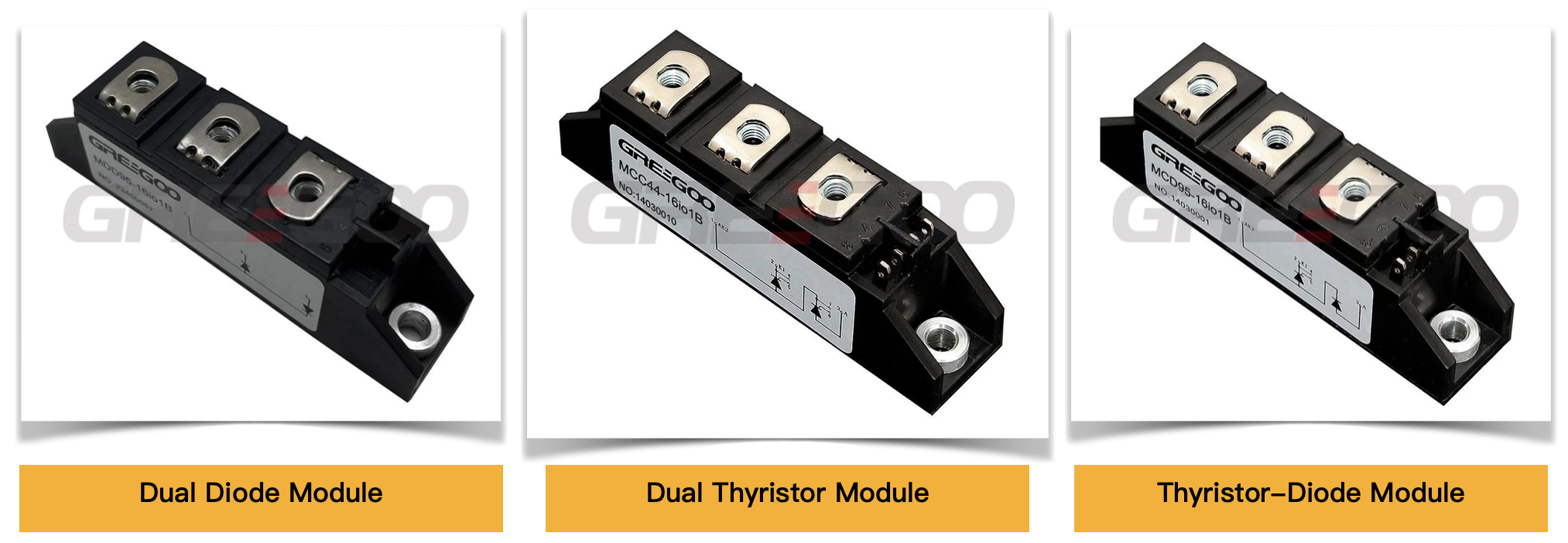
Dual Thyristor Module:
Internal Structure: Contains two thyristors (SCRs), usually in an anti-parallel or anti-series configuration.
Function: Each thyristor can be controlled individually, used for phase control and rectification in AC circuits. The anti-parallel configuration allows control during both the positive and negative half-cycles of AC power.
Dual Diode Module:
Internal Structure: Contains two diodes, typically connected in a common cathode or common anode configuration.
Function: Used in rectifier circuits, where the two diodes handle the positive and negative half-cycles of AC power, forming full-wave rectification.
Thyristor-Diode Module:
Internal Structure: Contains one or more thyristors and diodes, with specific connection methods depending on application requirements.
Function: Combines the control capability of thyristors with the rectification function of diodes, suitable for circuits requiring both rectification and control.
The design of these modules' internal structures provides specific advantages in different power electronics applications, and the choice should be made based on the specific circuit requirements.
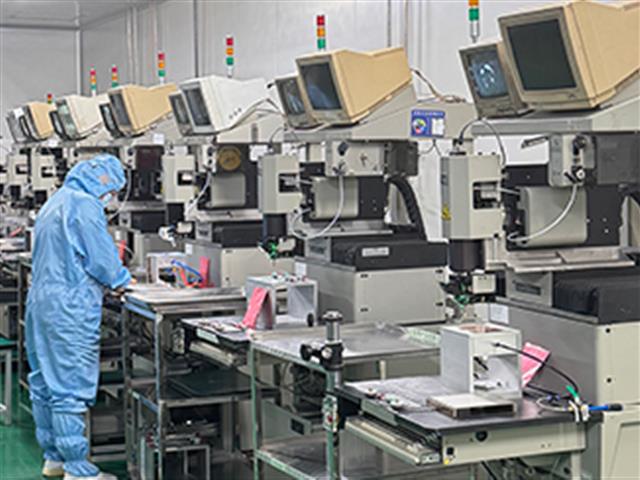
Difference Between Stud-Type and Capsule-Type Phase-Controlled Thyristors (PCT)
Capsule-type is better suited for higher power and more demanding heat dissipation requirements, while Stud-type is more appropriate for medium power applications with simpler installation needs.
Read More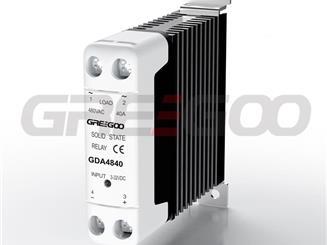
How to choose a suitable Solid State Relays
Single phase or three phase, nominal voltage and current, potential surge or inrush current, AC or DC load, control signal, zero crossing type or random control ssr etc.
Read More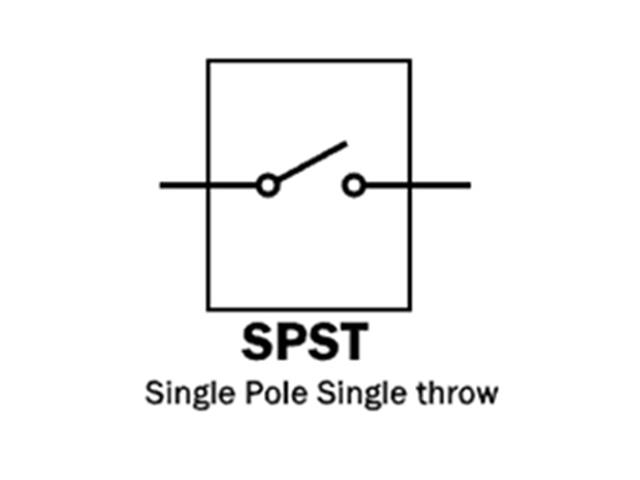
Differences Between Vacuum Relay, SPST-NC, STST-NO, SPDT, and DPDT Switches
SPST-NC, STST-NO, SPDT, and DPDT vacuum relay
Read More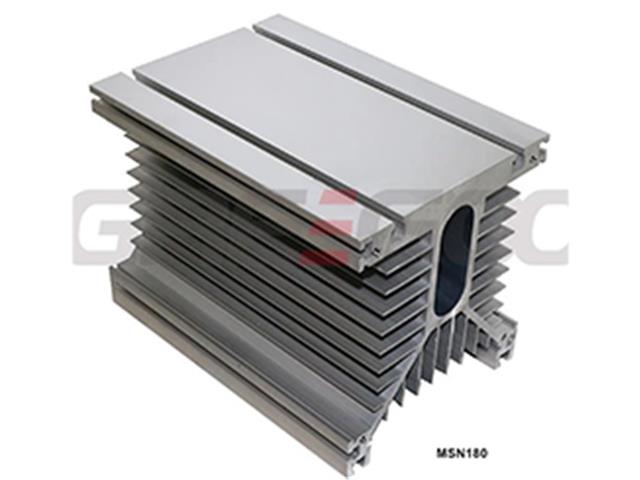
Guide to Heatsink Calculation and Selection
A heatsink is a device used for heat dissipation, commonly found in electronic devices to help dissipate heat and prevent overheating.
Read More













